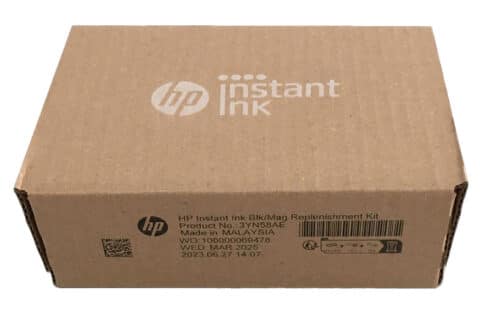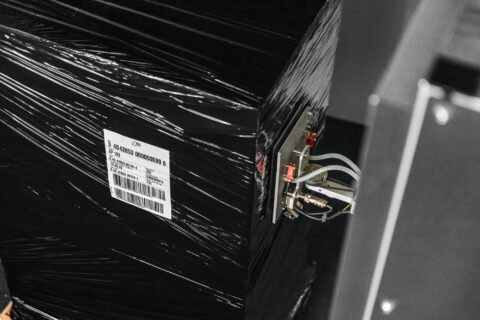Within the European Union, a food information law regulates which consumer information has to be displayed on food products. The mandatory information in food labelling include certain nutritional values and allergens as well as the country of origin or place of provenance. In particular, the origin indication of primary ingredients has recently been further specified.
Starting 1 April 2020, a new commission implementing regulation on the indication of primary ingredients of different origin will apply throughout the European Union. It requires manufacturers to indicate the origin of primary ingredients if they differ from the origin of the product. This reform is intended to provide consumers with more transparency when buying food.
Origin Indication of the Primary Ingredient
The obligation for manufacturers to indicate the origin of primary ingredients for certain types of food products has already been set in article 26 (3) of the existing EU law on food information to consumers (FIC):
3. Where the country of origin or the place of provenance of a food is given and where it is not the same as that of its primary ingredient:
(a) the country of origin or place of provenance of the primary ingredient in question shall also be given; or
(b) the country of origin or place of provenance of the primary ingredient shall be indicated as being different to that of the food.
(Source: Regulation (EU) No 1169/2011, visited 11 April 2020)
So far, however, this part of the regulation was not directly applicable, as it called for an implementing regulation by the EU Commission. It was enacted in 2018 under the name of Commission Implementing Regulation (EU) No 2018/775.
Which food products will the new regulation affect?
The new implementing regulation applies to pre-packaged foods and food supplements that indicate the country or place of origin on the packaging.
The EU law on food information to consumers (Article 26) provides the following information:
2. Indication of the country of origin or place of provenance shall be mandatory:
(a) where failure to indicate this might mislead the consumer as to the true country of origin or place of provenance of the food, in particular if the information accompanying the food or the label as a whole would otherwise imply that the food has a different country of origin or place of provenance;
(b) for meat falling within the Combined Nomenclature (‘CN’) codes listed in Annex XI. The application of this point shall be subject to the adoption of implementing acts referred to in paragraph 8.
(Source: Regulation (EU) No 1169/2011, visited 11 April 2020)
The origin of the primary ingredients must now always be indicated in case it does not correspond to the indicated country of origin or place of provenance of the food.
For some foods, origin labelling is mandatory. These include fresh, chilled or frozen meat pork, sheep meat, goat meat and poultry meat.
Many producers already voluntarily list the origin of their ingredients in order to highlight the quality of their products by using marketing terms, labels or symbols such as these:
- “Authentic Italian Pasta”
- Products with a specific national flag on the packaging
- Reference to a geographical area such as ‘EU’ or ‘Europe’
It is worth noting that geographical indications and registered trademarks that constitute an indication of origin (e.g. “Prosciutto di Parma”) and generic names that indicate the quality (e.g. “Wiener schnitzel”) are excluded from the application scope of the implementing regulation.
What is a primary ingredient?
Primary or essential ingredients of a food product are ingredients which make up more than 50% of the total ingredients or which are usually associated with the name of the food product by consumers (a percentage indication is usually mandatory).
As a result, even smaller quantities below 50% can be regarded as the primary ingredient if they are part of the product name or if they are highlighted on the packaging (e.g. the cherries in “cherry yoghurt”). That also means that more than one ingredient can be considered primary and will have to be labelled with their own indications of origin.
What should the origin indication look like?
Previous origin indications can remain in place as long as they meet all necessary requirements. However, if they differ from the origin of the primary ingredient, additional information about the country of origin or place of provenance of the primary ingredient must be provided. A statement such as “[…] does not originate from the country of origin of the food” is not sufficient.
The origin indication of the primary ingredient shall appear in the same viewing area as the other mandatory elements of origin. The font size shall be at least equal to that of the other mandatory elements.
Who is affected by extended food labelling?
Both manufacturers and online retailers in the food industry must comply with the extended food labelling obligations, and especially those who sell the products mentioned above.
When will the new regulation (EU) 2018/775 start to apply?
The deadline to comply with the implementing regulation is 1 April 2020. Foods that were placed on the market or labelled before the date of application can still be sold until stocks are exhausted.
Your partner in industrial labeling: Weber Marking Systems
Weber Marking Systems will be your partner, manufacturer and supplier for industrial marking systems that are tailored to your demands and applications. We offer solutions for all sectors, surfaces and shapes of packaging! Get a FREE consultation from our experts now:
Get in touch






















